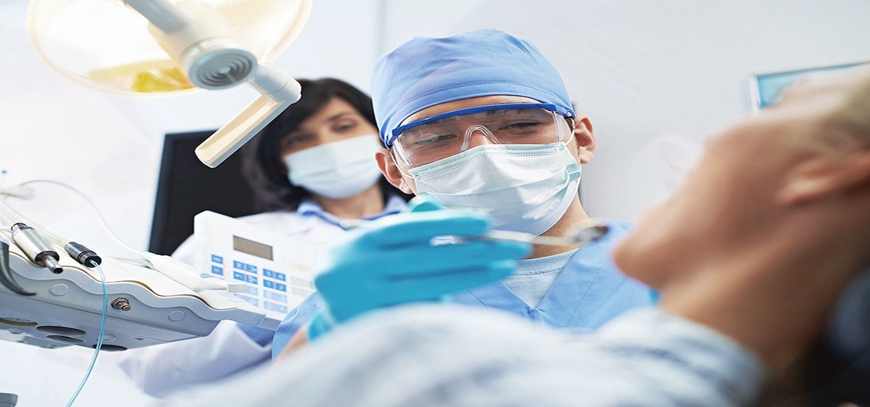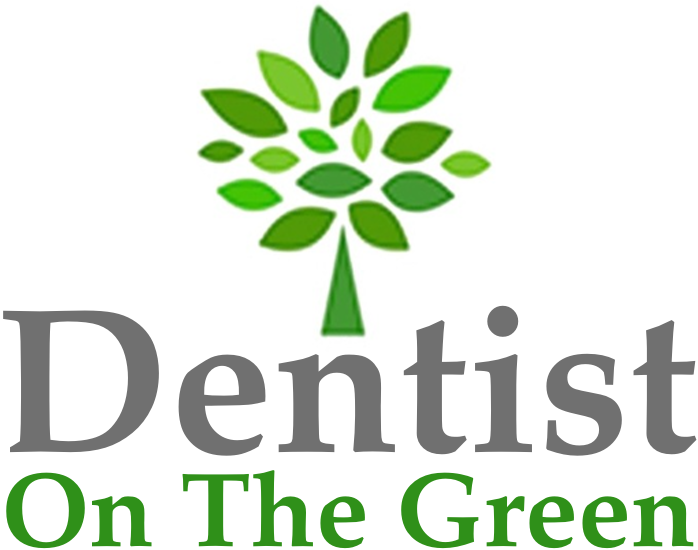Teeth Extraction

While many teens and some adults get their wisdom teeth removed, there are other reasons why tooth extraction may be necessary in adulthood.
Excessive tooth decay, tooth infection, and crowding can all require a tooth extraction. Those who get braces may need one or two teeth removed to provide room for their other teeth as they shift into place. Additionally, those who are undergoing chemotherapy or are about to have an organ transplant may need compromised teeth removed in order to keep their mouth healthy.
Removing visible teeth is a simple extraction. Teeth that are broken, below the surface, or impacted require a more involved procedure.
After inspecting your teeth, we will discuss the procedure with you.
Tooth Extraction Process
Your tooth extraction will either be simple or surgical, depending on whether your tooth is visible or impacted.
Simple extraction :
You will receive a local anesthetic, which numbs the area around your tooth so you’ll feel only pressure, not pain, during the procedure. The dentist then uses an instrument called an elevator to loosen the tooth and forceps to remove it.
Surgical extraction :
You will likely receive both local anesthesia and intravenous anesthesia, the latter of which makes you calm and relaxed. You may also receive general anesthesia, depending on any medical conditions. With general anesthesia, you will remain unconscious during the procedure.
The general dentist or oral surgeon will cut into your gum with a small incision. They may need to remove bone around your tooth or cut your tooth before it can be extracted.
Tips to make sure the tooth removal area heals properly
The most important thing to keep up with after a tooth extraction is keeping the area clean and preventing infection. Immediately following the procedure, your dentist will ask you to bite down gently on a piece of dry, sterile gauze, which you should keep in place for up to 30 to 45 minutes to limit bleeding, while clotting takes place. For the next 24 hours, you shouldn’t smoke, rinse your mouth vigorously, or clean the teeth next to the extraction site.
-
-
-
-
-
-
-
-
-
-
-
- Don’t rinse your mouth out for at least 24 hours after a tooth removal. This could disturb any blood clot that has formed, and you may start bleeding again.
- After 24 hours, rinse gently with a salt water mouthwash (made using salt and hot, but not boiling water), four times a day to keep the area clean.
- Eat soft food once you first have your tooth removed, so you don’t have to chew much.
- If your gum bleeds, bite down on a clean pad of material such as a clean handkerchief for at least 15 minutes.
- Don’t drink alcohol for at least 24 hours and don’t smoke for as long as possible, but at least for the rest of the day.
- Brush your teeth but keep your toothbrush away from the healing wound, to begin with, brushing closer to it each day. You could try softening your toothbrush in hot water before you brush.
-
-
-
-
-
-
-
-
-
-
Filling placement is necessary to treat cavities and prolong the longevity of the natural teeth. With today’s technology continuously improving, new methods are developed to benefit the patients and ensure their positive oral health for a lifetime.
Typically, during a tooth extraction procedure, sedation is administered to the patient to make them feel relaxed and comfortable. Also, many teeth that are subjected to extraction have nerves that are dead or dying, which means that the affected tooth may not be able to send pain signals out.
Symptoms of an Infection After Oral Surgery
Bleeding that is present for 24 hours or more.
Throbbing pain that is not relieved with pain medication.
Increased swelling of the face, jaw, or gums.
Oozing discharge, especially pus.
Difficulty opening the mouth.
For several days after the extraction, it is important to keep the area as clean as possible to prevent infection and promote healing. Do not directly brush the extraction site for the first 3-4 days after surgery to prevent dislodging of the blood clot from the socket. Don’t use any toothpaste.
